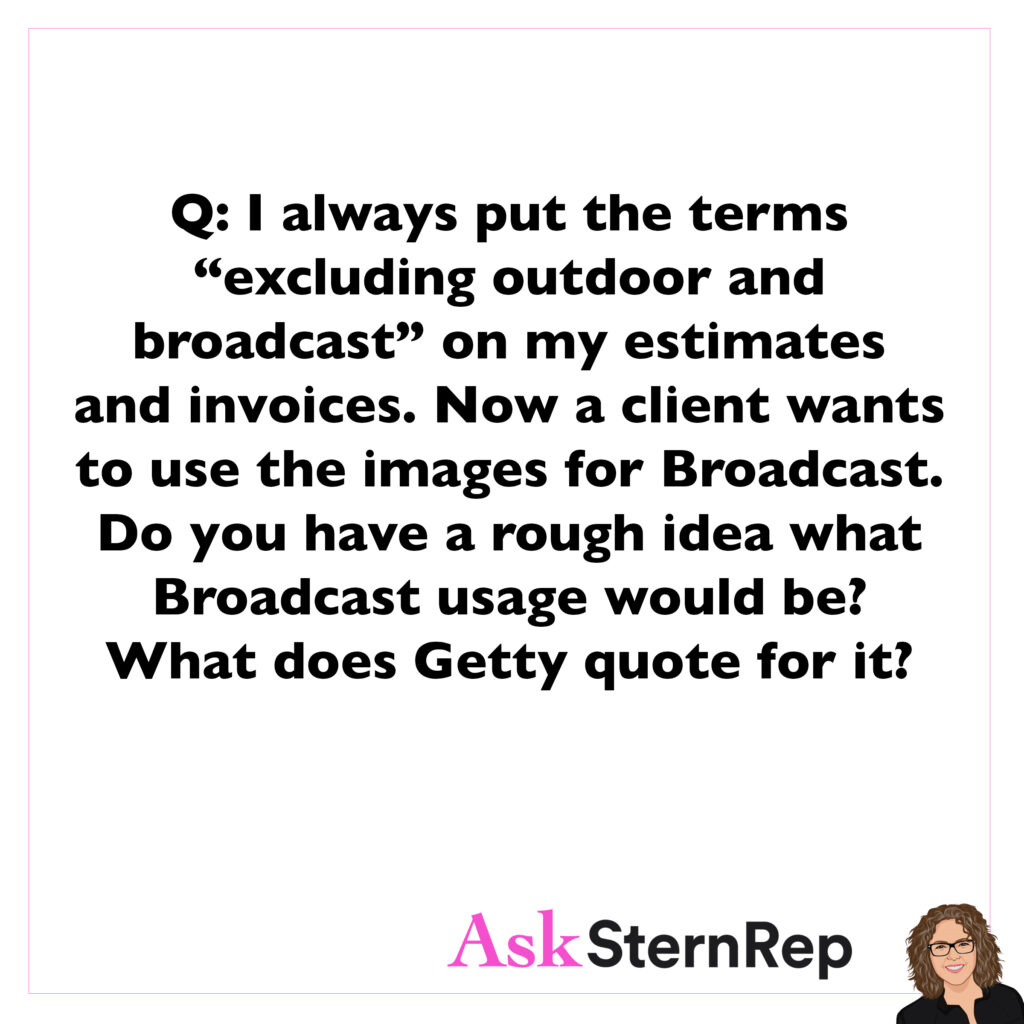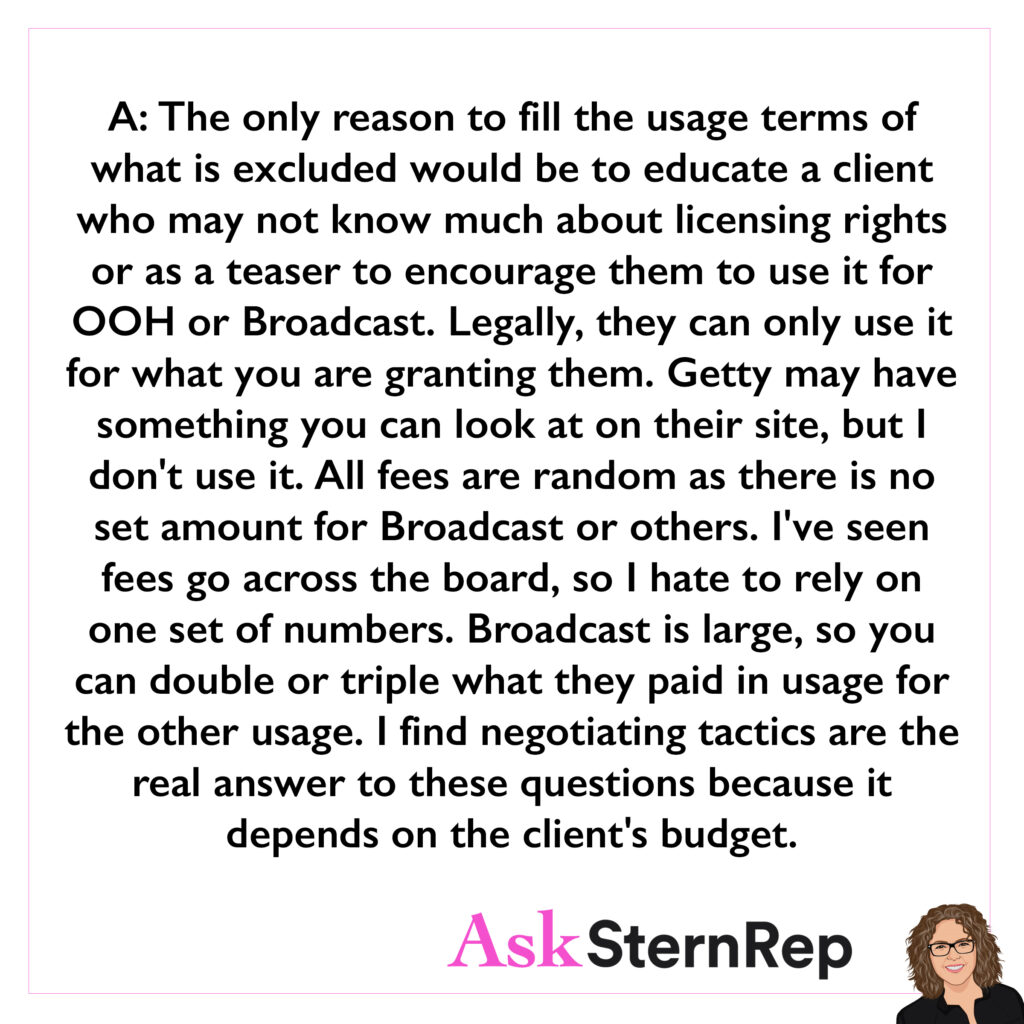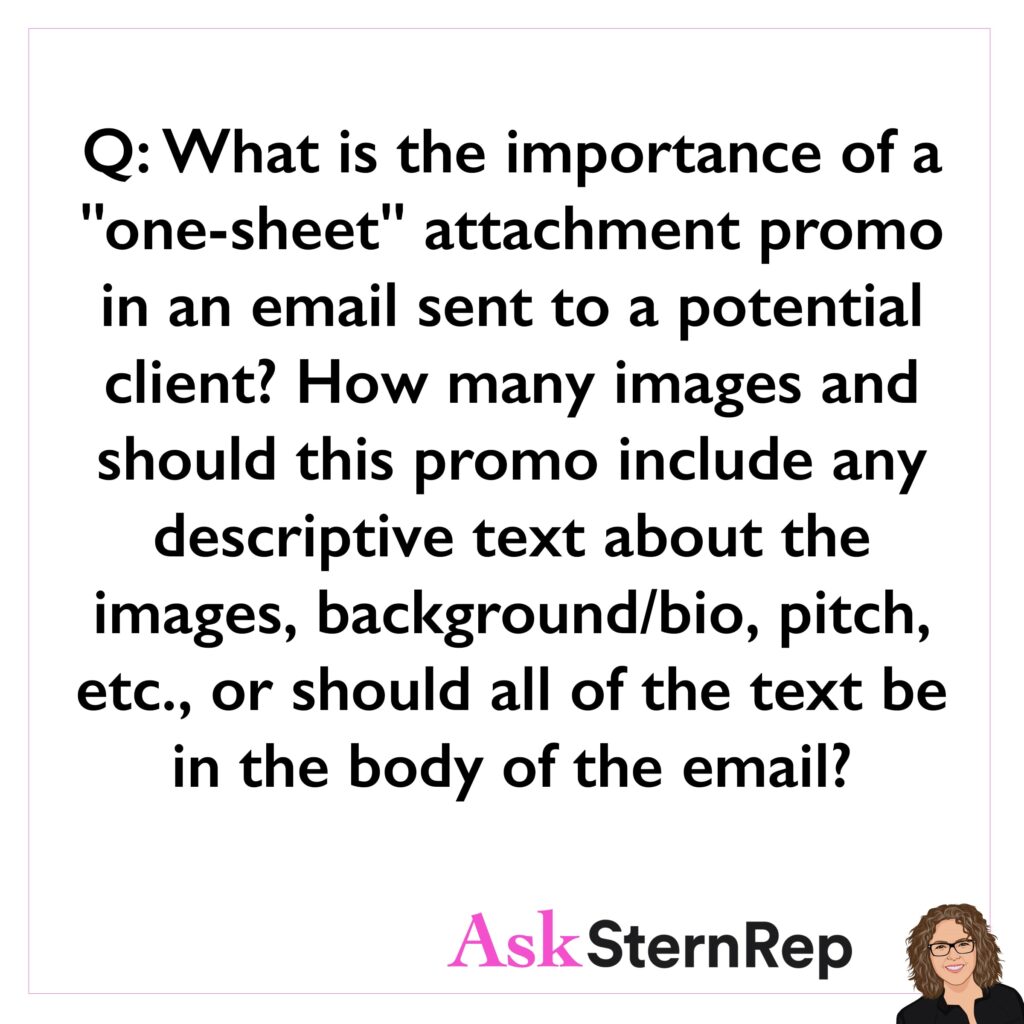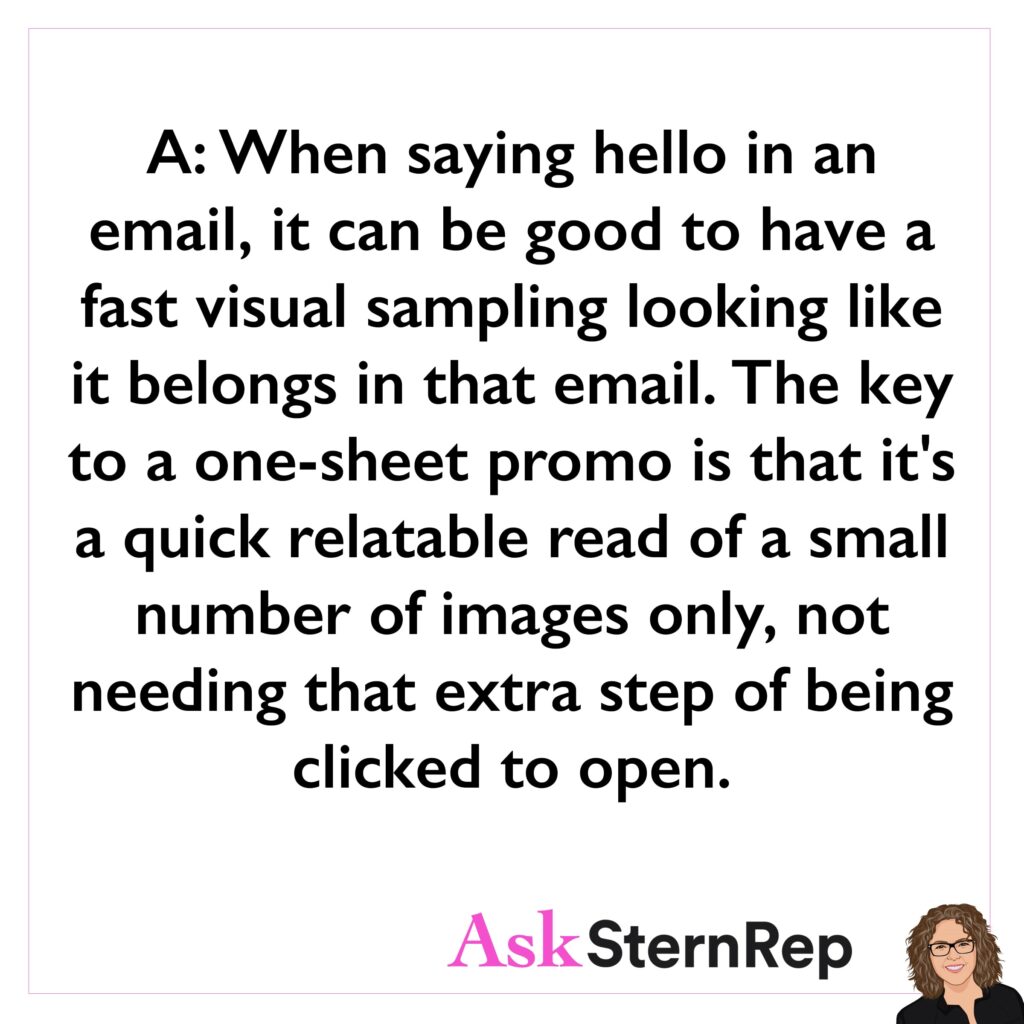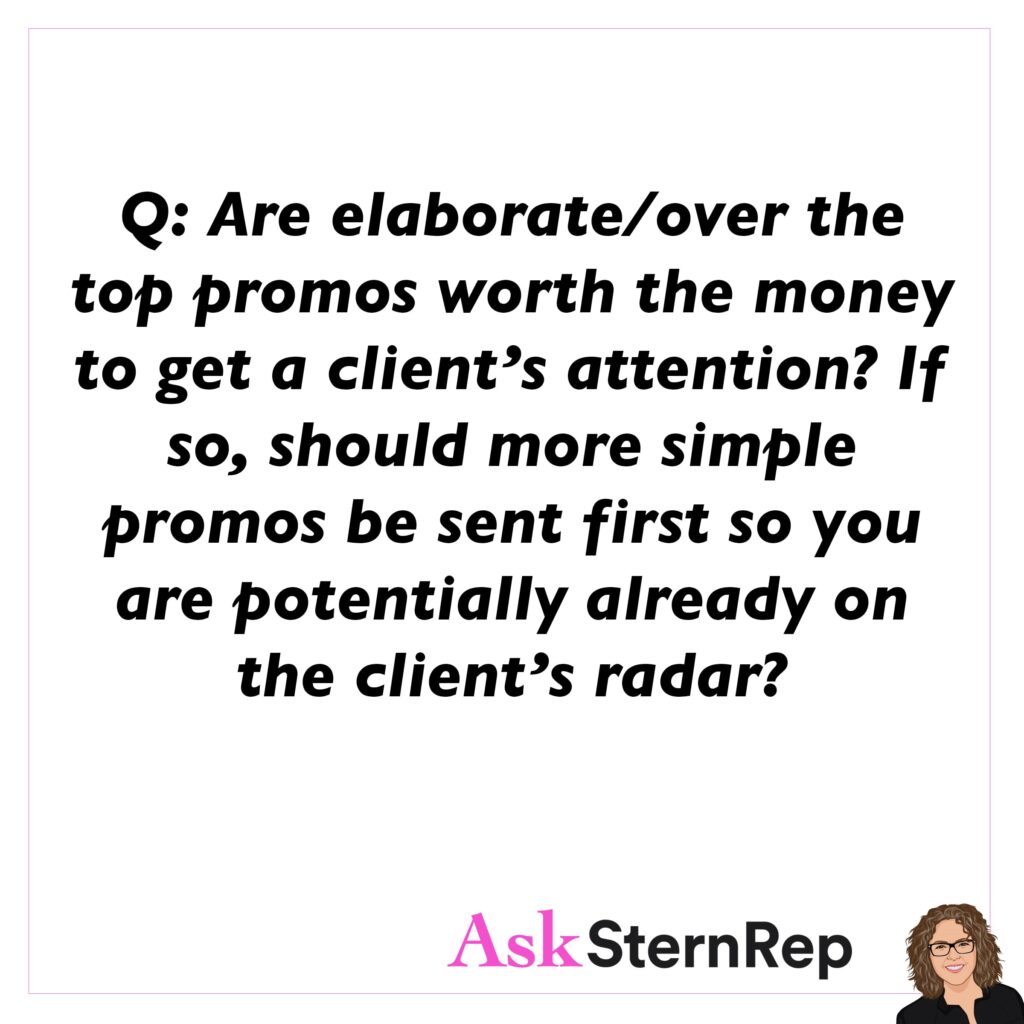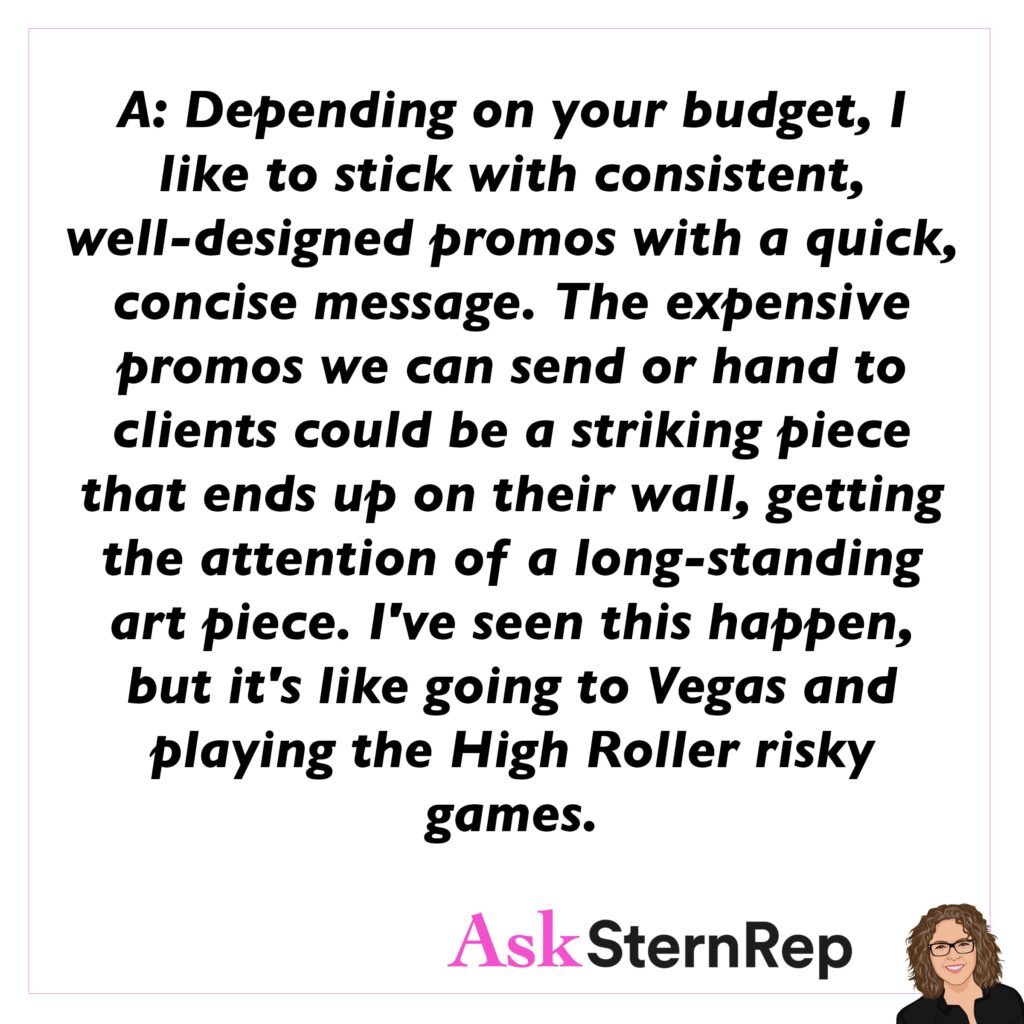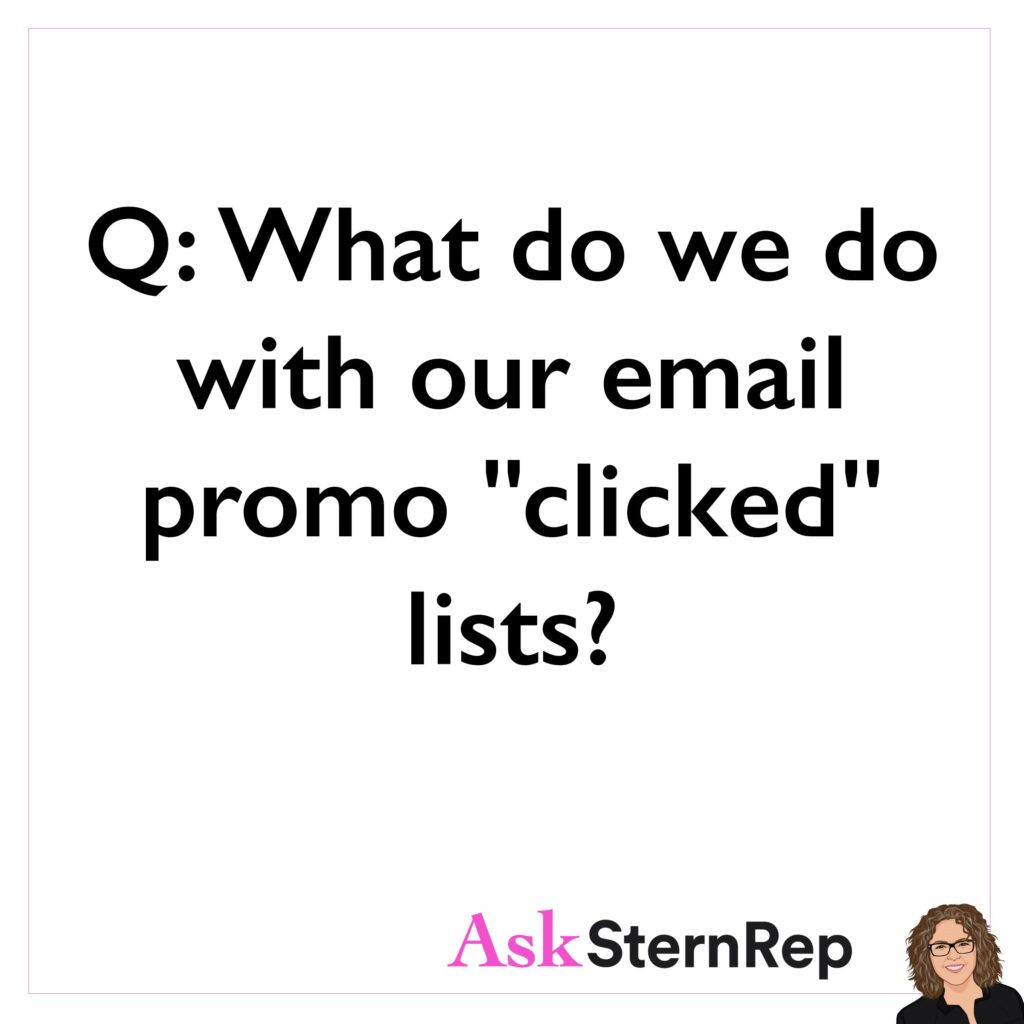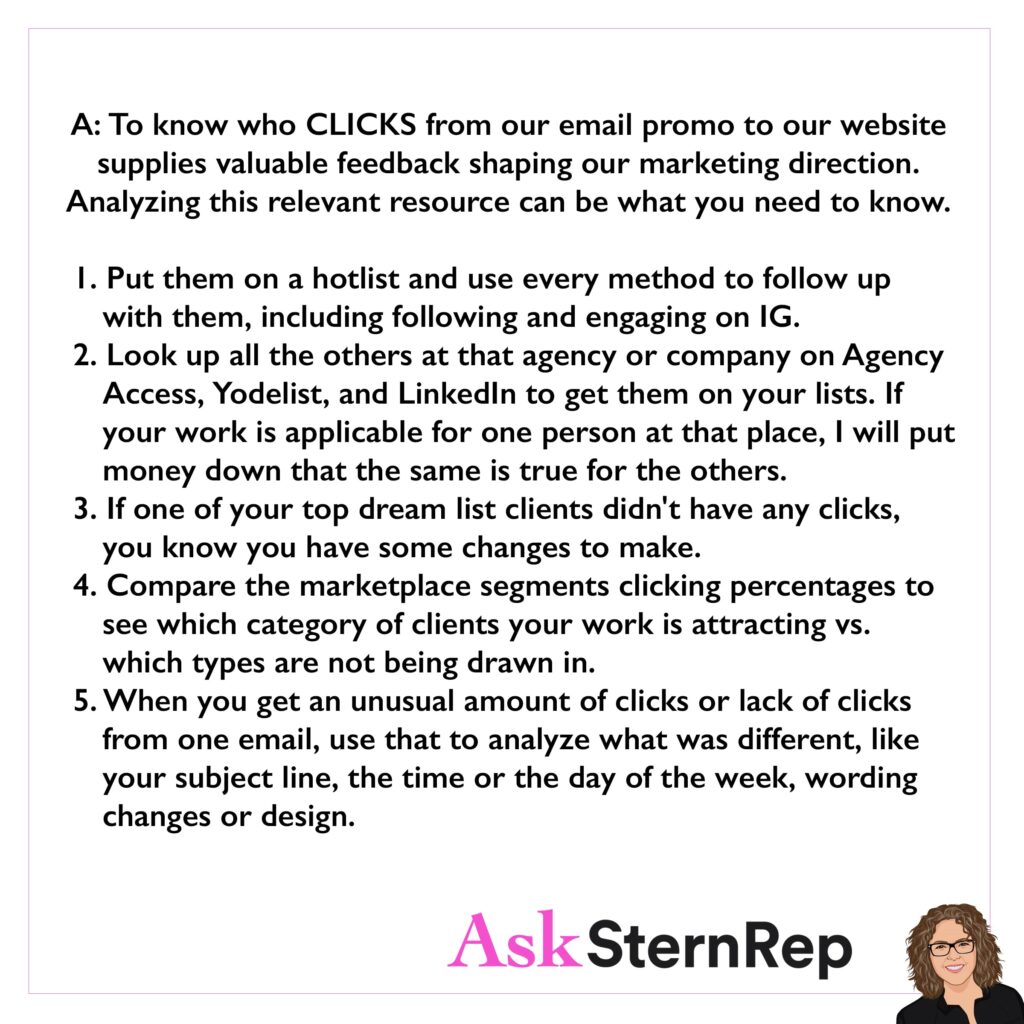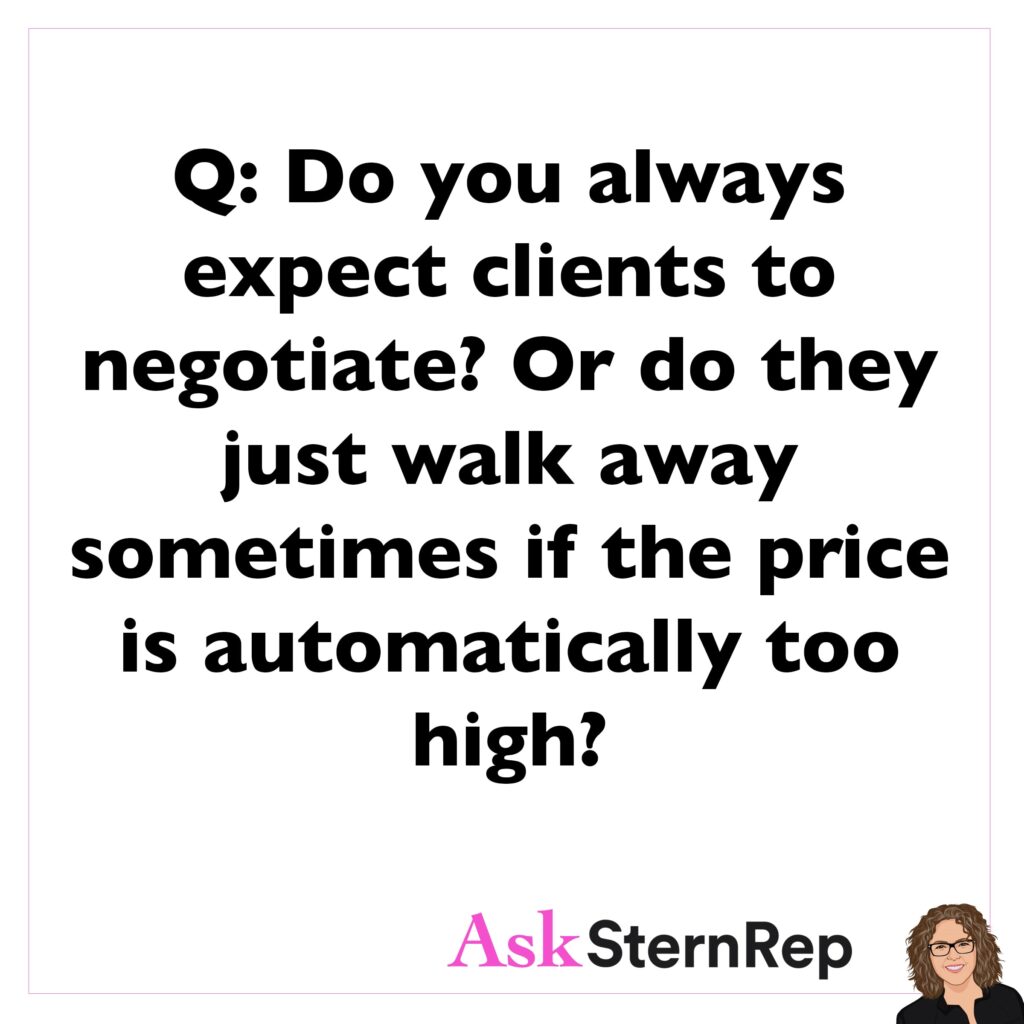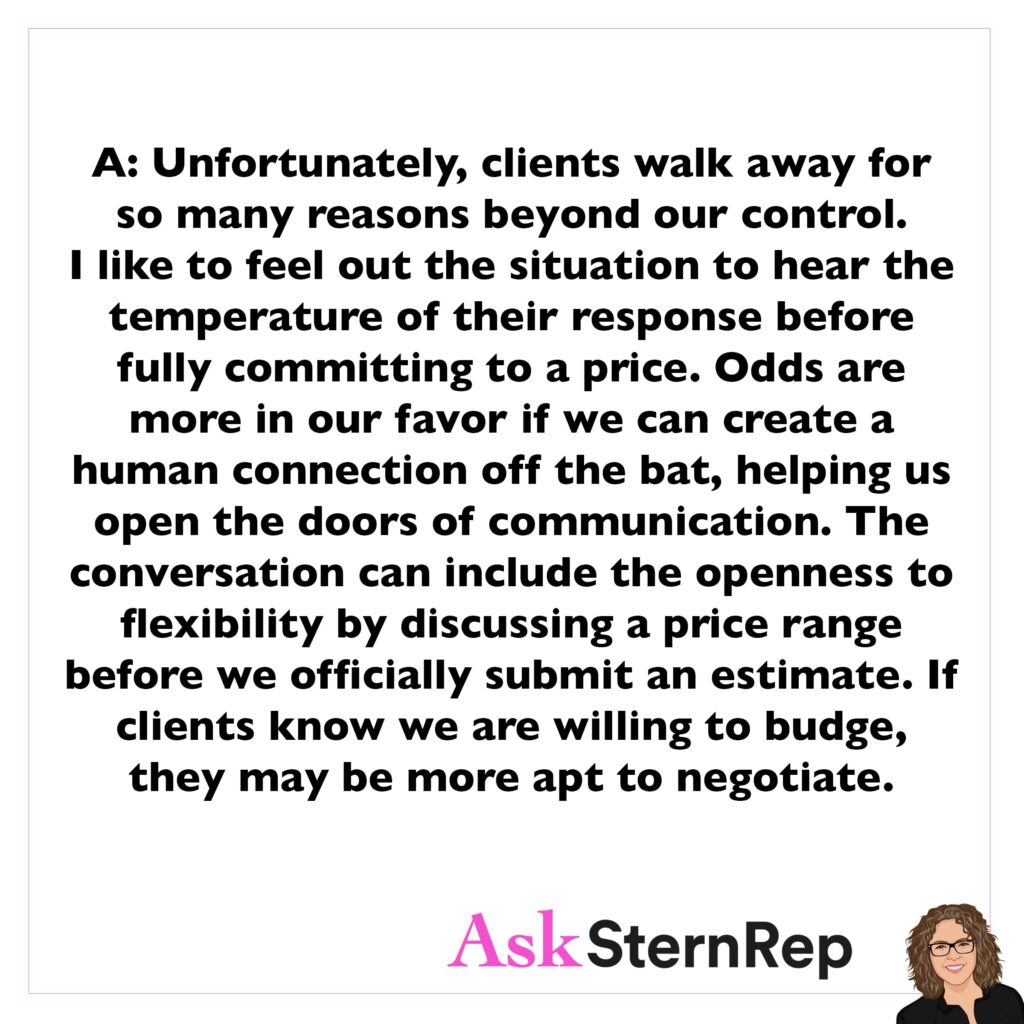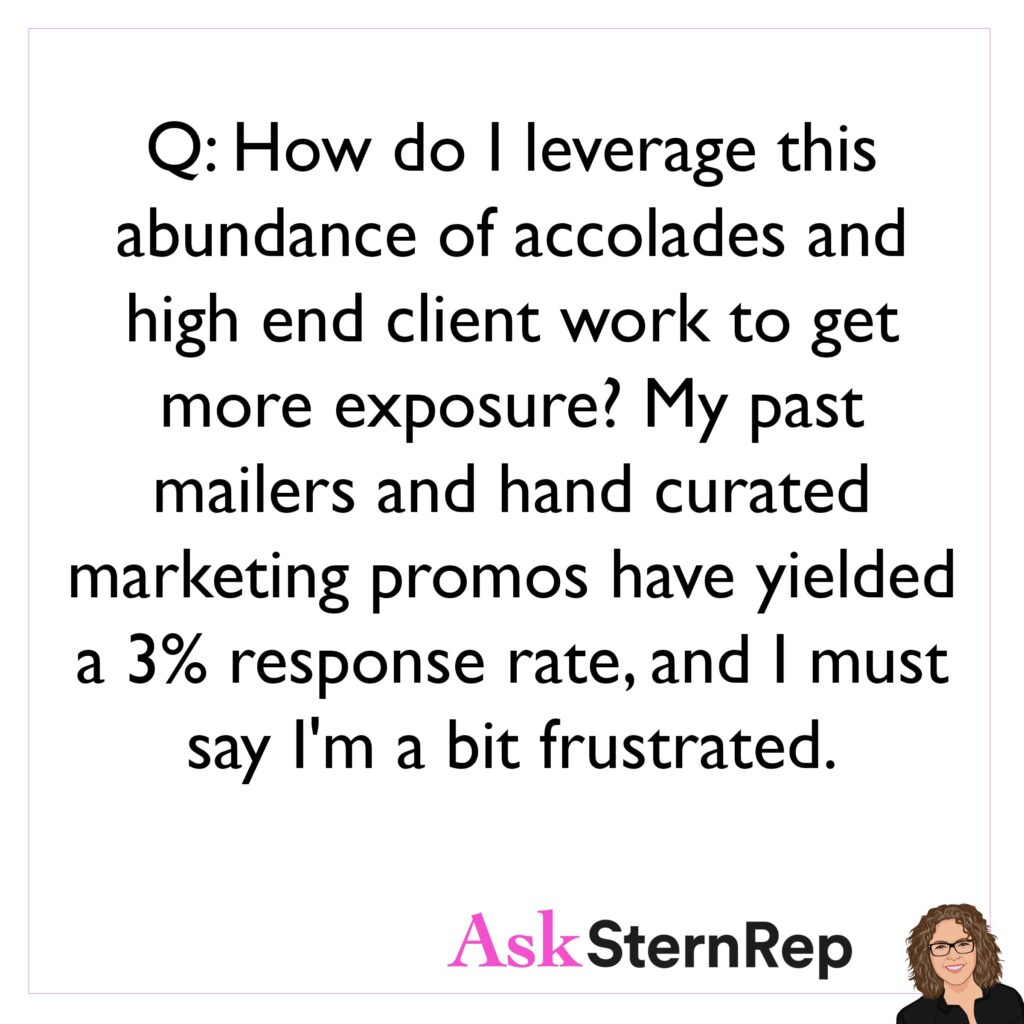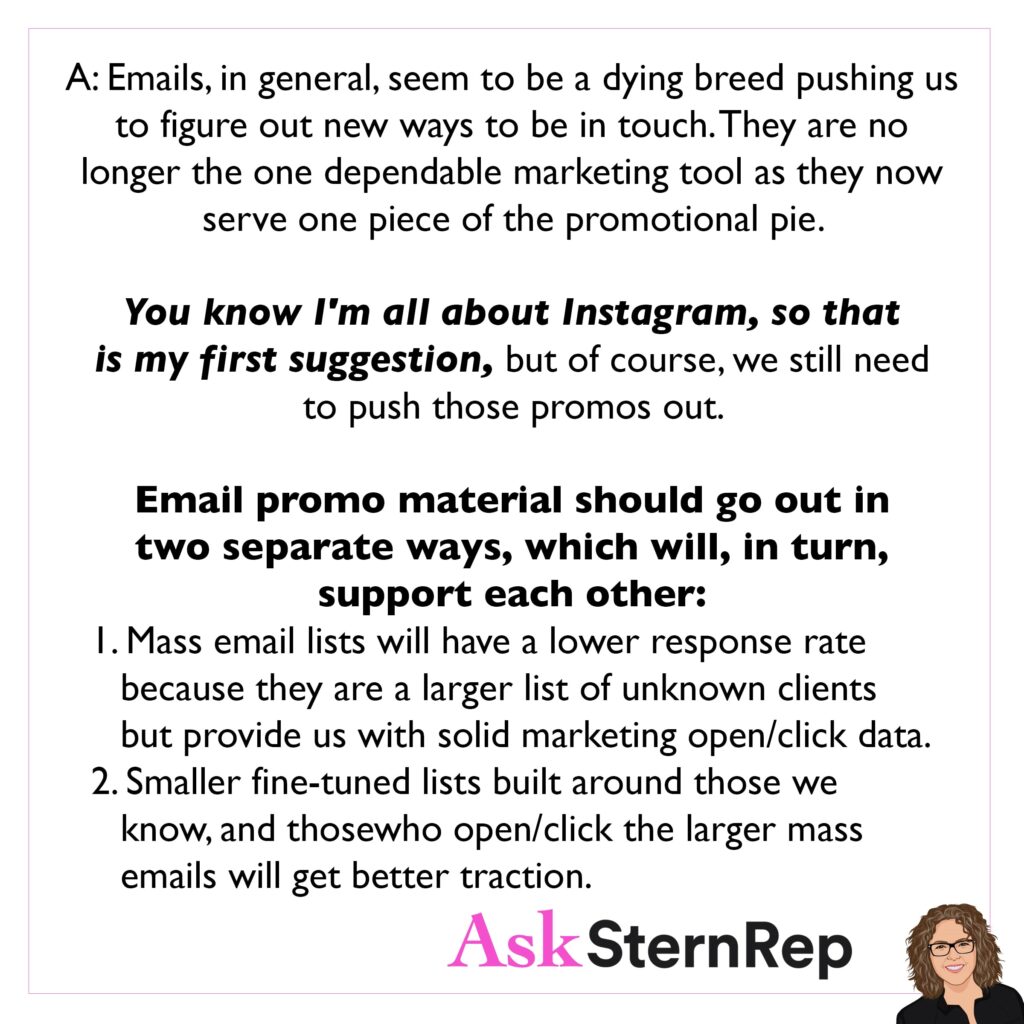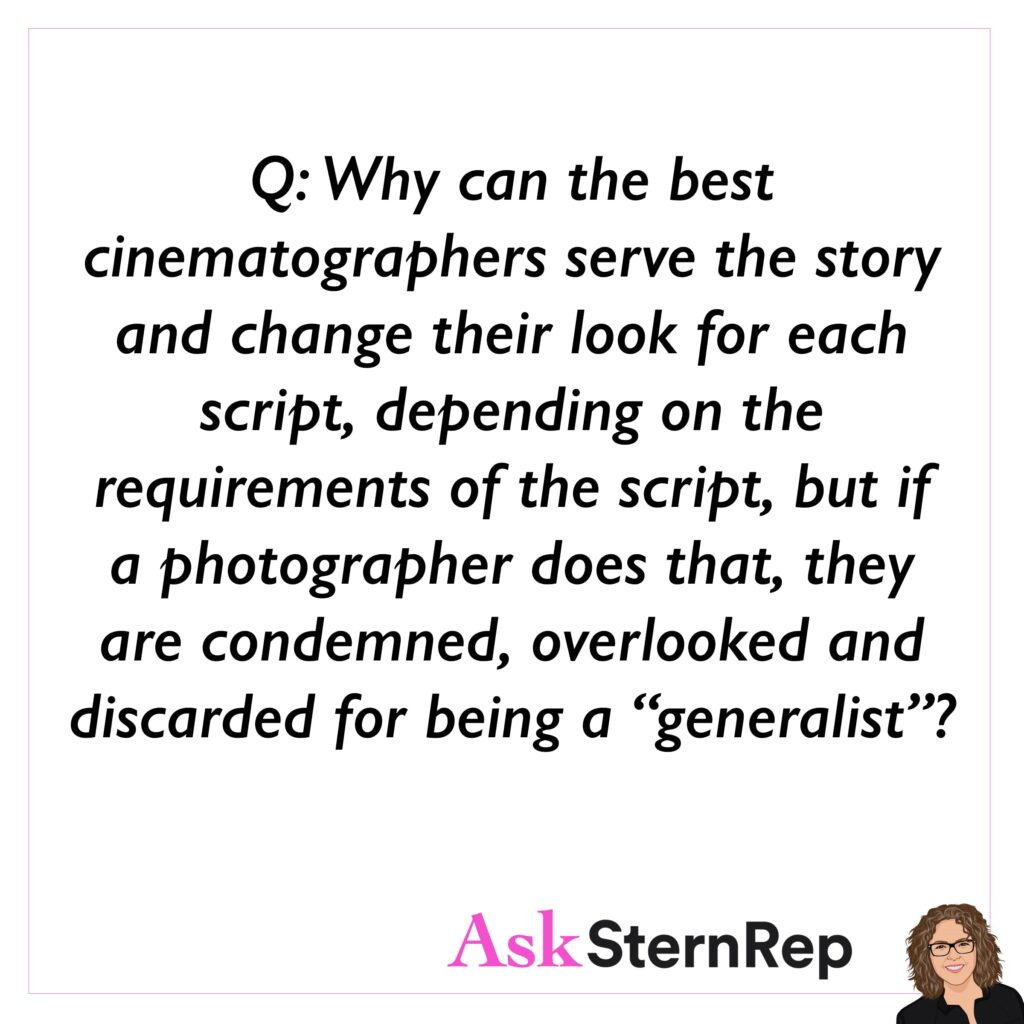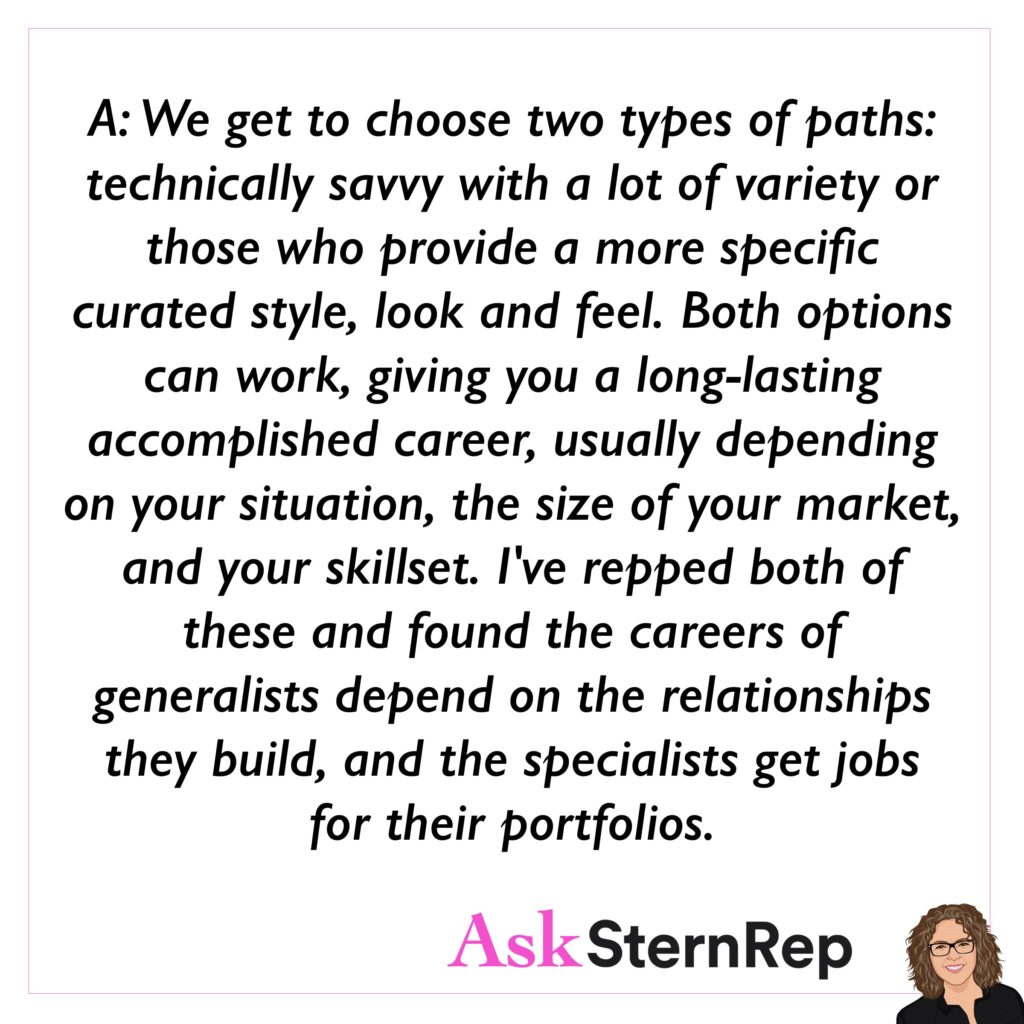When we get bid requests asking for our price, but they don’t have the project information, I hear, “I don’t do this often, I don’t know how this works, and I expect you to do most of our job – so inform us what our $500-$3000 budget will get us.”
Four ways I respond:
- I cannot give a cost without more information.
- It sounds like this will end up being between 10k-30k, give or take some, depending on your job specifics.
- This may be at least 10k, so we can discuss this to get more exact if that is near your budget.
- I am available to help create this job for you, and here are my option ideas to git within the 3-8k budget or the 10-12k budget range.

